The Basic and Clinical Research Conference session on Rheumatology Complications of Emerging Viral Infections/SARS-CoV-2 presented findings from numerous studies that help explain some of the idiosyncrasies of COVID-19.


The Basic and Clinical Research Conference session on Rheumatology Complications of Emerging Viral Infections/SARS-CoV-2 presented findings from numerous studies that help explain some of the idiosyncrasies of COVID-19.

Iryna Nemesh, MD, Saleema Kherani, MD MPH, Shikha Singla, MD, & William Wirostko, MD |
Syphilis is a chronic sexually transmitted disease (STD) caused by the spirochete Treponema pallidum. The clinical manifestations of syphilis are divided into four stages: 1) the primary stage, characterized by painless mucosal or cutaneous chancre at the site of infection that resolves spontaneously; 2) the secondary stage in which a generalized maculopapular rash and condyloma…
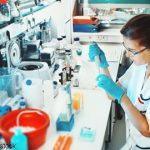
Michael B. Brenner, MD, addresses exciting advances in basic science in rheumatology, including insights into inflammation in osteoarthritis, the adult-onset autoinflammatory syndrome VEXAS and more.
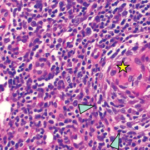
Philip Chu, MD, RhMSUS, Mithu Maheswaranathan, MD, Jadee L. Neff, MD, PhD, & Rebecca E. Sadun, MD, PhD |
The difference between Castleman disease and Castleman-like disease may be subtle, but it comes with significant ramifications. Case Presentation This case involves a pregnant 19-year-old woman who presents over multiple hospitalizations with concerns for systemic lupus erythematosus and macrophage activation syndrome. At 36 weeks’ gestation, the patient’s weight had dropped from 215 lbs. to 170…
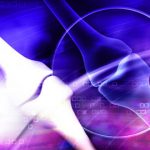
Michael Putman, MD |
Jason Springer, MD, MS, served as one of the lead authors of the ACR/VF guidelines for polyarteritis nodosa (PAN), and talks about the recommendations specific to PAN here.
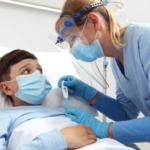
Elizabeth Sloan, MD |
PRSYM 2021—Although primary COVID-19 infection has the most significant complications in adult patients, pediatric rheumatologists have also seen significant changes in their practice over the past year. With the emergence of COVID-19, the rise of a mysterious post-COVID hyperinflammatory syndrome, now known as multisystem inflammatory syndrome in children (MIS-C), was identified, and pediatric rheumatologists have…
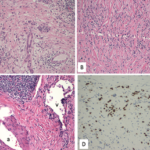
Veronica Matto, DO, Rajshri Shah, MD, Jie Ouyang, MD, PhD, Cory Perugino, DO, & Joseph J. LaConti, MD, PhD |
Sarcoidosis and IgG4-related disease (IgG4-RD) are both immune-mediated, often multi-organ, diseases of uncertain etiology capable of presenting with diverse clinical manifestations. Many clinical features are common to both conditions, including hypergammaglobulinemia, the ability to form inflammatory masses and involvement of the lymph nodes, lacrimal glands, salivary glands, meninges and lungs. Although imaging modalities, such as…
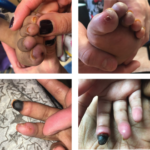
Marta Michalska-Smith, MD, & Colleen K. Correll, MD, MPH |
Janus kinase 1 and 2 inhibitors (jakinibs) have been approved for the treatment of rheumatoid arthritis, psoriatic arthritis and, most recently, juvenile idiopathic arthritis. They have also shown promise in the treatment of interferon (IFN) mediated diseases. The Janus kinase and signal transducer and activator of transcription (JAK/STAT) pathway is the principal signaling pathway for…
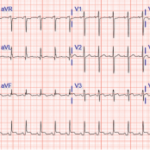
Haseeb Chaudhary, MD, Prem Parajuli, MD, & Devy Setyono, MD |
The incidence of drug-induced lupus continues to rise as clinicians expand their therapeutic armamentarium. An estimated 15,000–30,000 cases of drug-induced lupus occur every year in the U.S. alone.1 It is a well-known, but rare, complication of commonly used medications, such as anti-hypertensive, anti-arrhythmic and anti-epileptic drugs, as well as biologic and immune checkpoint therapies.2,3 The…

The European Commission approved tofacitinib citrate to treat two pediatric conditions, as well as a prolonged-release version of the medication designed to treat adults with active PsA.